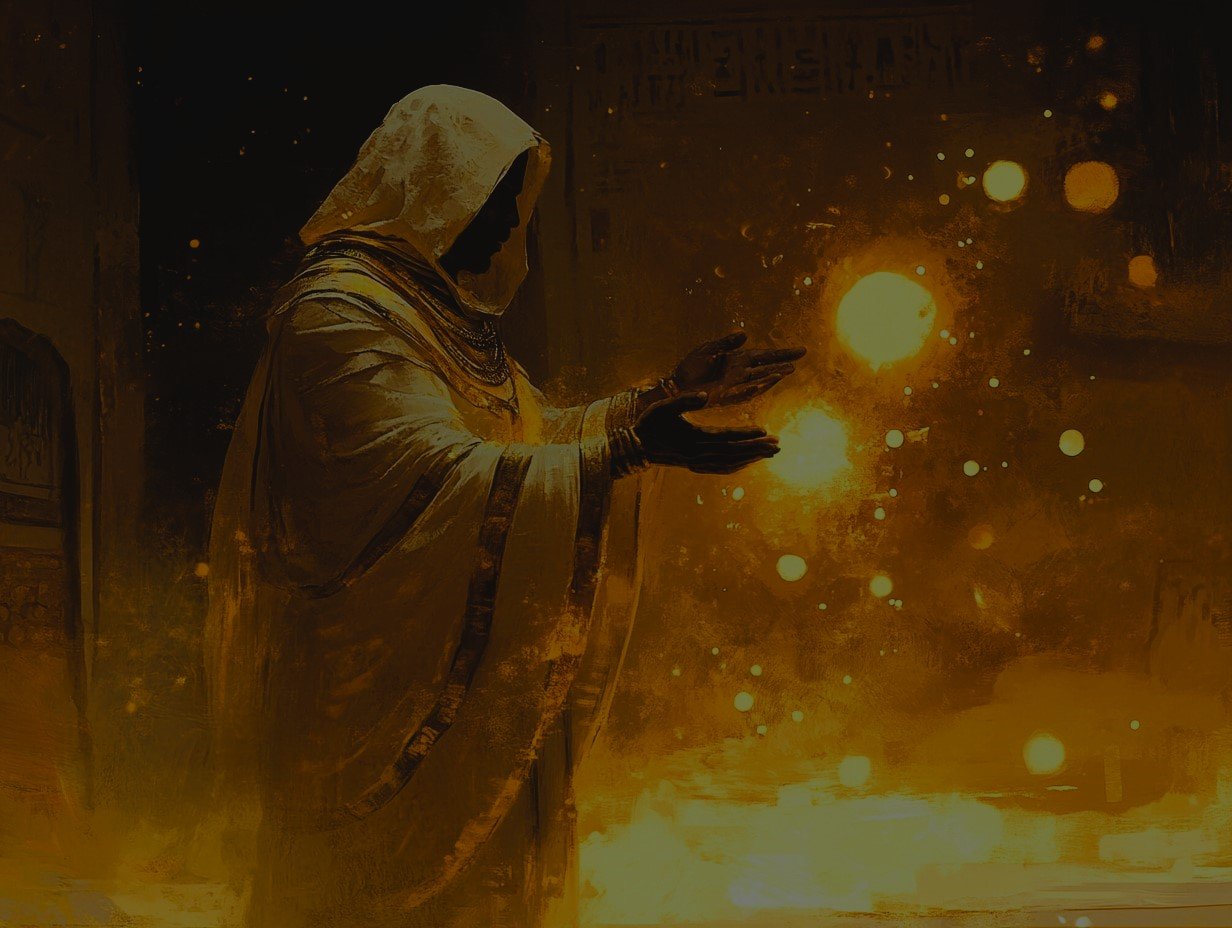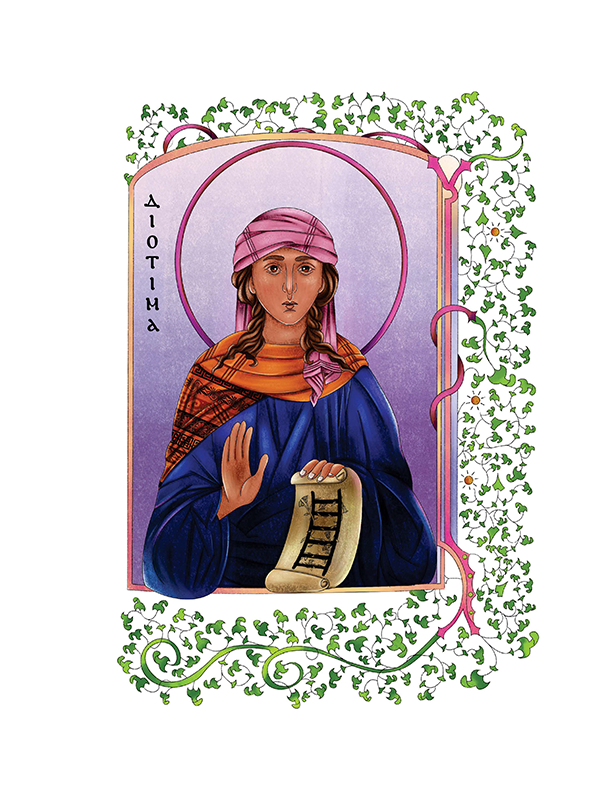
What is Theurgy?
Theurgy is a salvific faith that arose from the religious professional class of the Hellenized Middle East. By combining the ritual worship of indigenous Eastern Mediterranean religions with philosophical contemplation and devotional practices, Theurgists seek to “befriend” daimons, angels, and their superiors along the chain of being, striving for immaterial union with the One. Reason and piety provide the Theurgist with a balanced path to this ascent and union, with philosophical discourse anchoring one’s interpretation of religious experience, and ritual acting as a reliable vehicle to achieve those experiences. This ascent is the journey of the soul, called henosis. The term “theurgy” refers both to a method of prayer and to the broader religious system, such that one may both “engage in theurgic rites” and belong to the religion of “Theurgy.”
Theurgy (الثيورجية / ⲑⲉⲟⲩⲣⲅⲓⲁ) is both a religion and a style of worship that arose when Greek philosophy was incorporated into older, pagan religious traditions of the eastern Mediterranean. Its salvific goal is to guide the eternal soul back to its source, “the One.” Plotinus teaches that “no eye has ever seen the sun without becoming sun-like” (Enn. 1.6), so reason and worship must align the soul with what it hopes to behold. Because Plotinus’s triad of One, Intellect, and Soul dwells “in the inner human being” as well as the cosmos (Enn. 5.1), each person is a microcosm. Purified souls ascend the metaphysical ladder in a “flight of the alone to the alone,” to grasp the single Good uniting all hypostases, and fulfils the mission to “Know Thyself.”
Ritual, as Iamblichus explains, is a sacred act to “purify…bring to perfection…[and] render us conformable to all beings superior to us” (Myst. 5.23). Worship is important because it “kindles the divine element in the soul” and forges “indissoluble friendship” with the gods (Myst. 5.26). Daimons and angels “already inclining toward us” (Plotinus, Enn. 3.5) help lift our prayers upward and align our souls with God. Iamblichus explains that ascent “cannot rely on contemplation alone,” but must invoke sunthemata, or those divinely “sealed” signs, names, and material offerings whose pneumata exhale in rite. It is by these exhalations that the soul may “ascend through the practice of sacred theurgy to the regions that are higher, more universal and superior to fate” (Myst. 8.4). Because each soul differs, the gods cast their power into many sumbola, yet remain “actually one and the same” (Myst. 7.3). Attending to these tokens are the daimons, or divine messengers and cosmic mechanics stationed between the gods and creation, who carry our petitions aloft.
Philosophical study keeps the mind anchored to Intellect’s “untiring and unabating” fountain of life (Enn. 6.5), while ritual grants the direct, experiential contact Plotinus calls the “painless shock” of seeing pure Beauty (Enn. 1.6). He says that the philosopher is “winged” by nature and should be educated until he reaches the “perfection of virtues” (Enn. 1.3). At the summit of this discipline “thinking and Being are identical” (Enn. 3.8), so study prepares the intellect to merge with what it knows. Hermes Trismegistus says the Theurgist aspires to “Devotion joined with Gnosis,” which is the path to God (In God Alone…, 30), because only like knows like.
Finally, Proclus reminds us that everything which proceeds from a cause “reverts” to it through likeness (Elem. Theol. 31–32). Prayer, Iamblichus adds, raises us “from our own imperfection” until we “take on the perfection of the divine” (Myst. 1.15), and Plotinus urges each soul to “follow the daimon which is above” so it may “live that daimon’s life” and rise in worth (Enn. 3.4). In doing so, the soul not only perfects itself but “embellishes the whole” like a bright star set in heaven (Enn. 3.2). By combining reason and prayer, the Theurgist pursues likeness to the One, fulfilling both personal salvation and a “public duty for the universe” (Synesius, De Provid. 288).
For more information, read my free book “Theurgy: A Guide.”









